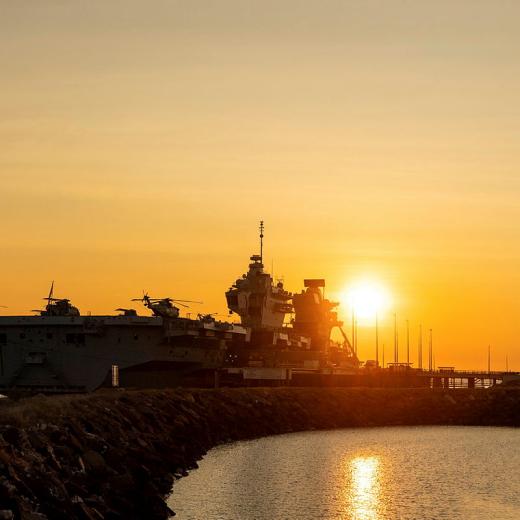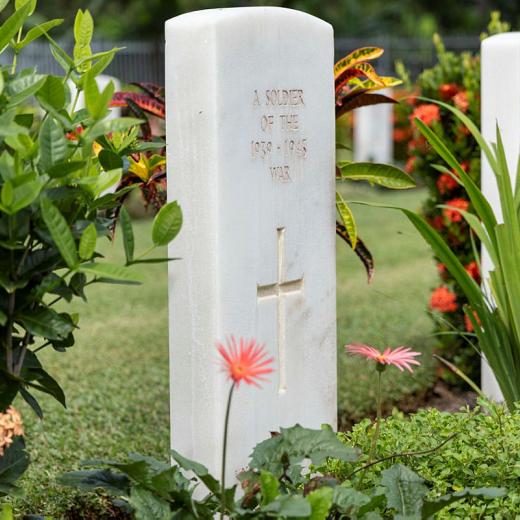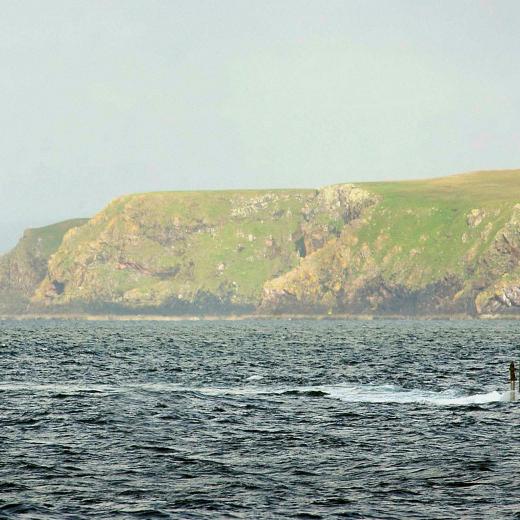BLUF
The Battle of Milne Bay PNG was a significant confidence booster for the WW2 Allies as it showed that Australia could beat the Japanese invaders.Summary
The WW2 Battle of Milne Bay is significant as it is the first land defeat of the Japanese in WW2 by a combined Australian force of navy, air force and Army.
Chronology
-
Japanese attacked Pearl Harbour on 7 December 1941.
-
Darwin attacked on 19 February 1942.
-
Battle of the Coral Sea 8 May 1942.
Milne Bay 25 August-5 September 1942. Key points are:
-
Located on the eastern tip of Papua New Guinea.
-
Undeveloped, remote, swampy with many tropical diseases common.
-
Huge natural harbour.
-
It is strategically located between Port Moresby, Rabaul, Guadalcanal and Buna-Gona.
-
Australia secretly constructed an airbase that protected Port Moresby and put the large Japanese base at Rabaul in range of RAAF bombers.
-
Capturing Milne Bay would have allowed Japanese operations along the Papuan coast.
-
The Japanese task force completely underestimated the size of the Australian-American garrison (about 10,000).
-
The Japanese landed at the wrong beach, more than twenty kilometres from their objective.
-
Japanese armour (only two light tanks) quickly bogged and were unusable.
-
RAAF Kittyhawk fighters destroyed supplies and confined Japanese troops to the jungle during daylight hours.
-
The Japanese assault on the Milne Bay Base failed, and they were forced back to their original landing point, the survivors being withdrawn by 5 September.
-
The victory was a significant confidence boost to the Allies.
-
The base at Milne Bay ensured that the Japanese fighting on the Kokoda Track couldn’t be resupplied from the sea.
Why the Australian/ American victory?
-
More troops, including the Australian Militia.
-
RAAF 75 and 76 Sqn close air support destroying fuel and stores.
-
Poor Japanese battle planning, intelligence, and air support.
-
Japanese were spread too thinly.
-
Japan was short of resources as they were simultaneously fighting along the Kokoda Track and Guadalcanal.
-
Determined Australian soldiers and aviators.
Field Marshal Viscount William Slim, then commanding the British 14th Army in Burma (and later Governor-General of Australia), described the victory at Milne Bay as follows:
In August-September 1942, Australian troops had at Milne Bay in New Guinea inflicted on the Japanese their first undoubted defeat on land. If the Australians, in conditions very like ours, had done it, so could we. Some may forget that of all the Allies; it was Australian soldiers who first broke the spell of the invincibility of the Japanese Army; those of us who were in Burma have cause to remember.”
References
|
|





